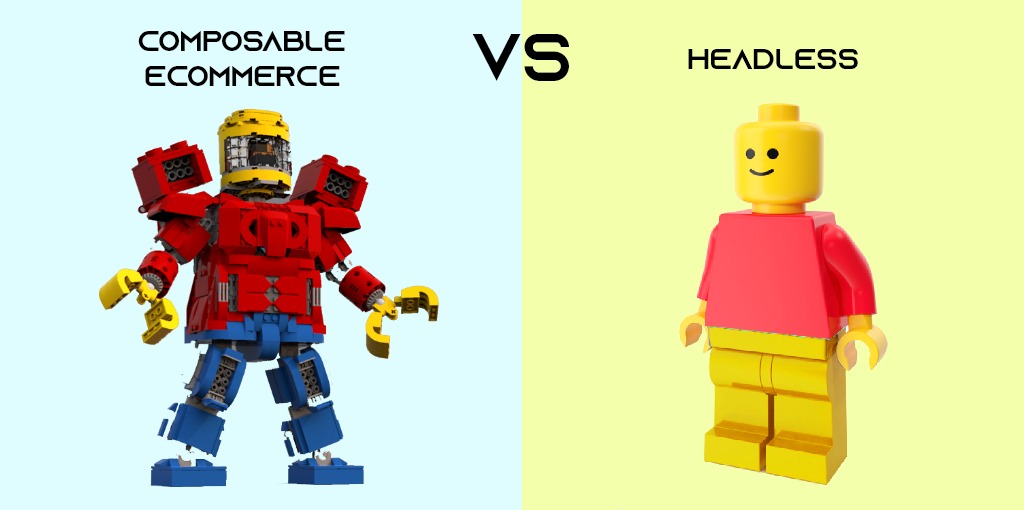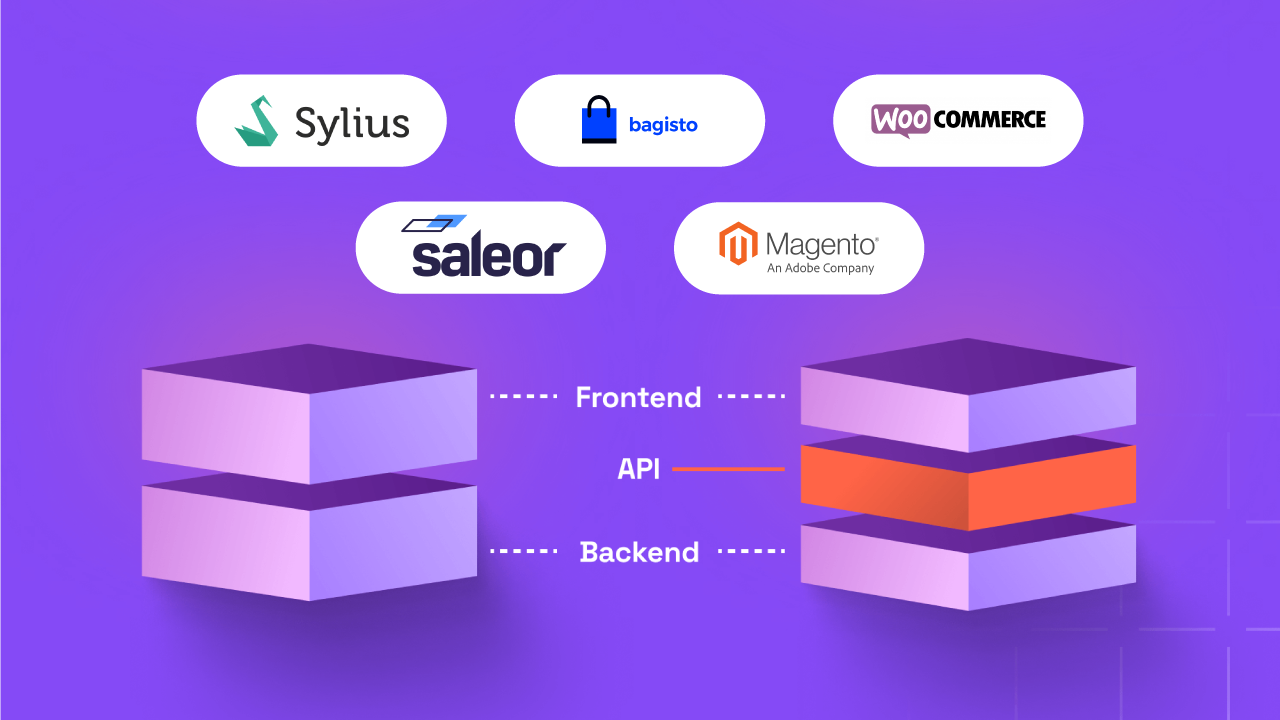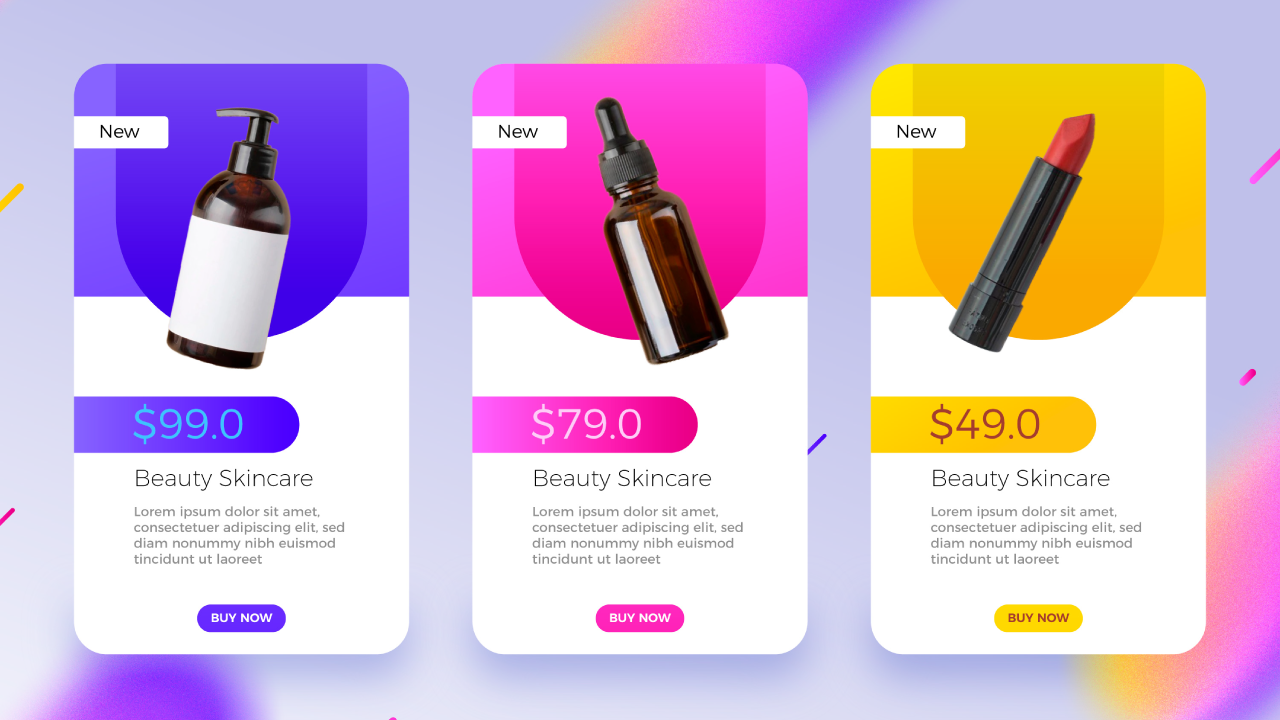Composable Commerce Vs. Headless Commerce: Is It All about Customer Experience?

Want to know what’s the difference between composable commerce vs headless commerce? This article explains it in simple layman terms.
In just the last decade, the eCommerce world has experienced a tremendous change — think mobile commerce, social commerce, and dominion of trends like buy now pay later and BOPIS (buy online, pick-up in store). Most importantly, the ever-shifting consumer behaviors and expectations make it important for businesses to have the flexibility for their ecommerce platforms.
So how do retailers and eCommerce business owners keep up with the new trends and meet the demands of modern-day customers?
Today, it is all about creating a personalized experience, and a monolith architecture of the website limits it. To be able to do that, developers came up with a new approach that gives them room to scale without disturbing the other parts of the software architecture.
This is what modern commerce is all about: building a future-ready platform that follows a modular approach and offers flexibility and scalability. That’s precisely what Headless and Composable commerce is all about.
Let’s start with laying down the foundation of the two software architectures and how they stand apart.
Composable Commerce Vs. Headless Commerce: Defined
Headless Commerce
In simple words, Headless commerce separates the frontend of your eCommerce setup (the part that your customers experience) from the backend of the website.
This is the foundational technology that further advances to composable website architecture.
The separation of the two parts of the website is significant. Why? It allowed the two connected parts to operate independently. It means that the backend is not reliant on the frontend built in the same language or framework to be able to deliver services. Instead, they are connected through APIs that facilitate communication between the two parts.
This change in software architecture, i.e., a headless frontend for digital experiences and backend supporting the operations, gave brands the ability to create memorable customer experiences.
Where headless supported personalization, scalability was still a big hurdle business owners had to overcome. In 2020, Gartner noted the need for online businesses to move to a modular approach on the basis of an argument implying that separating the functions into discrete modules would allow businesses to scale.
“By 2023, organizations working with the composable approach will outpace the competition by 80% in the speed of new feature implementation.”
- Gartner
This is where headless architecture evolved to Composable website architecture.
Read More:
Composable Commerce
As said above, composable commerce is a modular approach that allows businesses to have more control, not only in delivering personalized experiences but in scaling the business.
Composable commerce is a term used for software architecture that separates the technology stack of a business in different modules. Using this architecture, you have the ability to choose the best-of-breed technologies to build a flexible eCommerce tech stack.
You may think, “Isn’t that what Headless Commerce does?” Well, there is no denying that!
Headless and composable commerce are too similar since headless evolved to be composable. To understand the difference, consider composable commerce like LEGO pieces. You are able to join the pieces together in any pattern, to create the shape you want. Whether it is a death star, a dinosaur, or a diner, you have an infinite number of combinations to put the pieces together to build what you envisioned. All you need to ensure is that what you craft is structurally sound and an efficient build.
If we talk in terms of lego, think of headless commerce as a lego structure that is separated in two pieces – the front end and the backend. On the other hand, think of composable commerce as a combination of small pieces that make up the entire structure.
The essence of composable commerce is the idea of optimizing your eCommerce ecosystem with discrete, API-connected modules targeting a specific business need.

Composable Commerce is Based on Three Guiding Principles
- Business-centric Solutions: it is a combination of tools that addresses your specific business needs.
- A Modular Architecture: this gives flexibility through the use of microservices.
- An Open ecosystem: it provides you with support, guidance, and integrations for creating solutions.
- Flexible: you can build a business solution tailored to your needs.
Read more: Composable Commerce in Simple Terms – Is it Recommended for Your Business?
Composable Commerce vs. Headless Commerce: The Advantages
Composable commerce and Headless commerce are closely related. After all, Composable Commerce business practice was enabled by headless technology. Therefore, they share some common benefits.
- Greater Flexibility
Since the front end of the online store is not reliant on the backend system, you have greater freedom to choose the software you use. You can choose the solutions that meet your business need without having to think about the front end of the website. The APIs communicate requests between the two systems for better delivery of the services.
- Increased Speed
Another reason for separating the two systems is that it speeds up the processes at the front end. For example, when a customer makes a request at your website, they wouldn’t have to be routed through multiple systems but can be processed at the front end. It means many requests can be processed on the front end, leading to less response time and a better digital experience for the customers.
- Greater Control
Traditionally, any changes made to the front or back end of the website meant time-consuming coding changes to your entire eCommerce system. Not only was it inconvenient, but at times frustrating, not only for the developers but for marketing and business teams waiting on the changes to be made. With headless, frontend changes can be made in a visually intuitive CMS or page builder, giving more control over the aesthetics of the website to the marketers.
But composable commerce enables you to go further.
- More Control Over the Tech Stack
With the backend separated, you can pick the best-of-breed eCommerce components to integrate with your site. Not just that, it also allows you to pick, swap or even drop services as you need. This is one of the biggest advantages Composable Commerce has over headless platforms.
- Scalability
With headless, the focus is majorly on creating digital experiences. Composable Commerce, on the other hand, gives the flexibility to expand the operations without impacting the other aspects of the website. It is adaptable to changing business environments.
Composable Commerce vs. Headless Commerce: How it Appeared
Headless Commerce as a Solution to the Limitations of Monolith Websites
As said above, Headless commerce is a software architecture that decouples the front and back ends of a website. Traditionally, the websites had a strongly connected front- and backend system. It comes with all the features for your store but limits you to customize. An all-in-one platform may seem easy to use, but they are hard to scale or introduce new functionality to the storefront.
Consider this: you want to change how your website looks or change the number of entry fields. With a monolith platform, your developers may need to switch back and forth to check the code and then see if it has caused any effect on the aesthetics of the website to make sure nothing breaks after introducing the change.
Delays in adding features to a monolith website architecture may influence business growth and competitiveness. And if by chance, anything breaks, everything will be affected by it. Consider it a domino effect: one small mistake can ruin and affect the entire, perfectly functioning system.
Not just that, any modifications made to the code will also make it more complex over time. This is especially worth considering as the company grows and technology advances. Considering that you add something to the frontend, it’ll be much harder to support it. This also leads to vendor lock-in and makes it expensive to support the customizations you have made.
Decoupling the frontend and the backend of the website makes the two functions independent of each other. It gives you the flexibility to make amendments to the frontend of the website without affecting the functions. It gives you the freedom to customize the customer experiences without affecting other website components.
In simple words, headless commerce software architecture is easier to scale compared to the monolith commerce platform.
That’s not the only benefit. With the separation of operations, the website also loads faster. How? the backend generates the website structure when accessed. This structure remains unchanged when the user is surfing the website or shuffling through the pages. This process is known as client-side rendering. It is when the user downloads a set of rules during the first interaction. Then the frontend downloads the new set of data from the backend and not the whole page structure from the beginning. This process reduces the load on the server leading to faster loading and better performance.
Composable Commerce is Just Another Layer Above Headless
As said above, headless commerce allows creating personalized experiences. But when it is time to scale, adopting composable commerce becomes essential for eCommerce businesses. Why? Because when you need to scale, you need a flexible base that allows you to scale on demand without falling apart. You need an architecture design that is flexible to give you the room to change with the changing business environment.
Composable commerce leverages the Headless Commerce capabilities but is one step ahead and breaks the architecture into Packaged Business Capabilities (PBCs).
What are Packaged Business Capabilities (PBCs) and How Do They Differ from Microservices
Gartner defines PBCs as software components that represent a well-defined business capability that is functionally recognizable as such by a business user.
As said before, microservices are independent services communicating via APIs. Packaged Business Capabilities, on the other hand, unite several services together into components that serve a single business capability. The business components can function alone without direct external resources and resolve a particular business issue. It is a broader structure rather, a combination of several microservices working individually in the background.
Composable Commerce vs. Headless Commerce: Final Verdict
With all said above, going headless is a good first step to delivering a fully optimized eCommerce setup and has numerous advantages compared to a monolith website. However, it is also important to understand that these advantages only apply to the front end of the website.
If you want complete freedom, flexibility, and scalability, separating every aspect of the backend setup is also a necessity. And composable commerce gives you the freedom to build your shop with the functions and aesthetics you want.
Which software architecture do you think will work best for your website? Get the help you need from the eCommerce experts at Codup.




